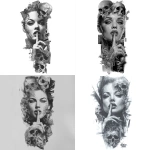Explore the Best AI Image Gallery
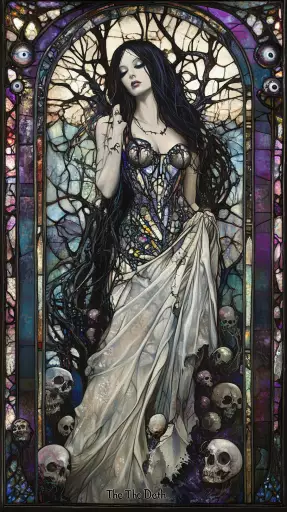
Beyond the Brush: Exploring AI-Generated Media Ethics
Artificial intelligence is rapidly transforming numerous aspects of our lives, and the realm of media creation is no exception. AI-generated media, encompassing everything from text and images to music and video, is pushing the boundaries of creativity and raising profound ethical questions. This blog post delves into the multifaceted landscape of AI-generated media, exploring its impact on the creative industry, potential applications, ethical considerations, and future trends.
The Creative Canvas: AI as a Collaborator
AI-powered tools are emerging as powerful collaborators for artists, designers, and creators. Imagine a musician using AI to generate unique melodies or a writer leveraging AI to overcome writers block. These technologies can streamline workflows, offer innovative solutions, and unlock new creative possibilities.
- AI-Assisted Design: AI algorithms can analyze vast datasets of design patterns and generate novel ideas, assisting designers in exploring unconventional concepts.
- Text-to-Image Generation: AI models like DALL-E 2 and Midjourney can transform textual descriptions into stunning visual artworks, blurring the lines between imagination and reality.
- Music Composition: AI-powered tools can compose original music pieces in various styles, assisting musicians in exploring new sonic landscapes.
The Ethical Labyrinth: Navigating Uncharted Territory
While AI-generated media offers immense potential, it also presents significant ethical challenges that require careful consideration:
- Authorship and Intellectual Property: Who owns the copyright to AI-generated content? Determining authorship in a world where machines contribute to creative output raises complex legal and philosophical questions.
- Bias and Discrimination: AI algorithms are trained on vast datasets, which can inadvertently perpetuate existing biases. This can result in AI-generated media that reinforces harmful stereotypes or discriminates against certain groups.
- Misinformation and Deepfakes: The ability to create highly realistic synthetic media raises concerns about the spread of misinformation and the potential for malicious manipulation.
Shaping the Future: Responsible Innovation and Ethical Guidelines
As AI-generated media continues to evolve, it is crucial to establish responsible guidelines and ethical frameworks to ensure its beneficial use:
- Transparency and Explainability: Developing AI systems that are transparent and explainable can help build trust and accountability.
- Diversity and Inclusion: Ensuring that AI training datasets are diverse and representative can mitigate bias in AI-generated content.
- Education and Awareness: Raising public awareness about the capabilities and limitations of AI-generated media is essential for informed decision-making.
- International Collaboration: Establishing global standards and ethical guidelines for AI development and deployment can foster responsible innovation.
Conclusion
AI-generated media is poised to revolutionize the creative landscape, offering both unprecedented opportunities and complex challenges. By embracing ethical considerations, fostering collaboration, and promoting responsible innovation, we can harness the power of AI to enhance creativity while safeguarding the integrity of artistic expression.




](https://images.ai-img.art/thumbnails/150/b90a5f332cb5d8f02116934e13abd20233e0eeb2368274dbdffaa2e281e4dff5.webp)


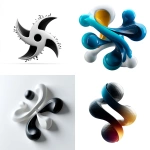



](https://images.ai-img.art/thumbnails/150/4a4f2a16da94ebadad64aeb3b0fb4e64d426431f1d651cc4929142c728fe85b7.webp)




](https://images.ai-img.art/thumbnails/150/336026613fd234b8d6908fe18ecc09b2b2ecf7b8dfe294742041c9862dc499c1.webp)

](https://images.ai-img.art/thumbnails/150/d29fcfc8037938184a641f7980e1102e24a6e82088bc465886d26ffe5bb006c7.webp)




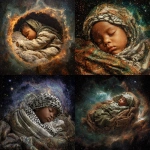



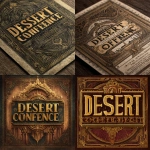

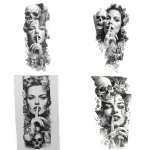
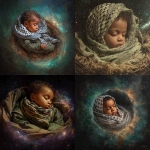
](https://images.ai-img.art/thumbnails/150/24610c8978ce6b4f1ced8639b434482871adb07e38af8b90cd535f2533bf18cc.webp)

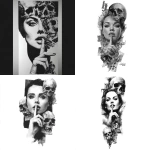


](https://images.ai-img.art/thumbnails/150/37f115f2fa75765b87e6d3e2c9f1b0a80a6a46efa8b864a05278c7fc0a0a62e7.webp)
](https://images.ai-img.art/thumbnails/150/85464d88f1d4314cd042a02a6f41440fc3b4343db529794cbe8e6836fdadf409.webp)









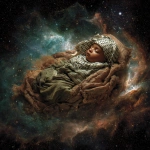
](https://images.ai-img.art/thumbnails/150/9127f72c6be19d533c26ac476f4d216cd89a6a2d7c351333489a3eff30c3ec5a.webp)
